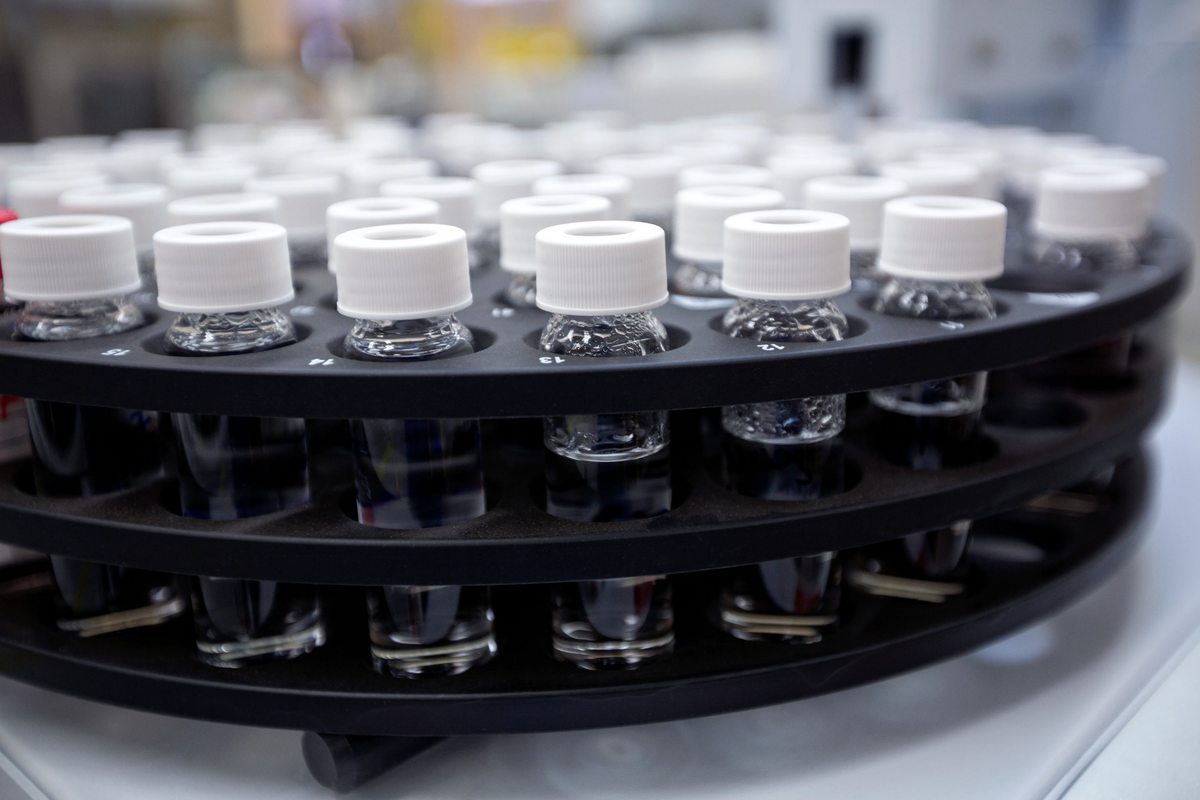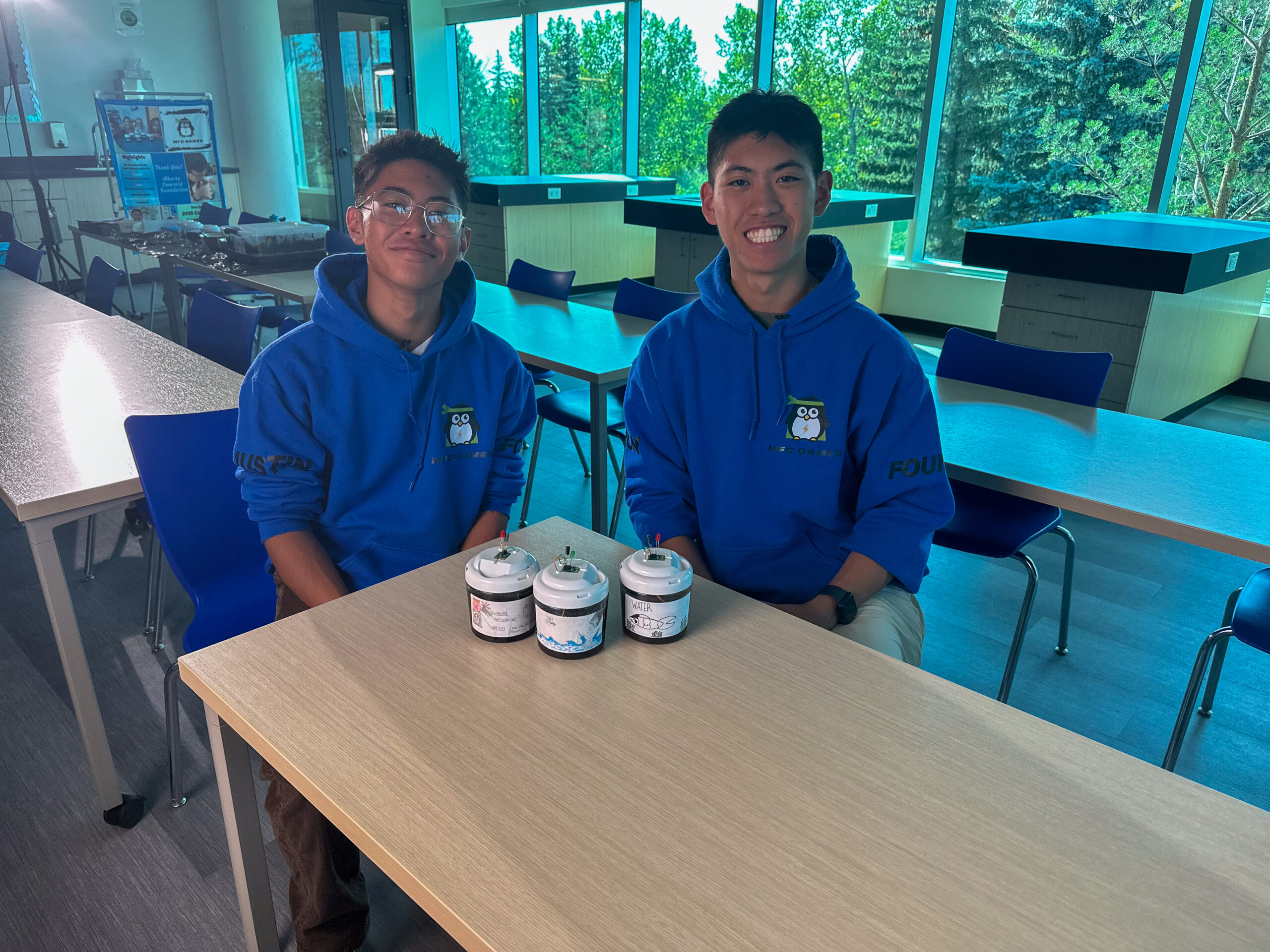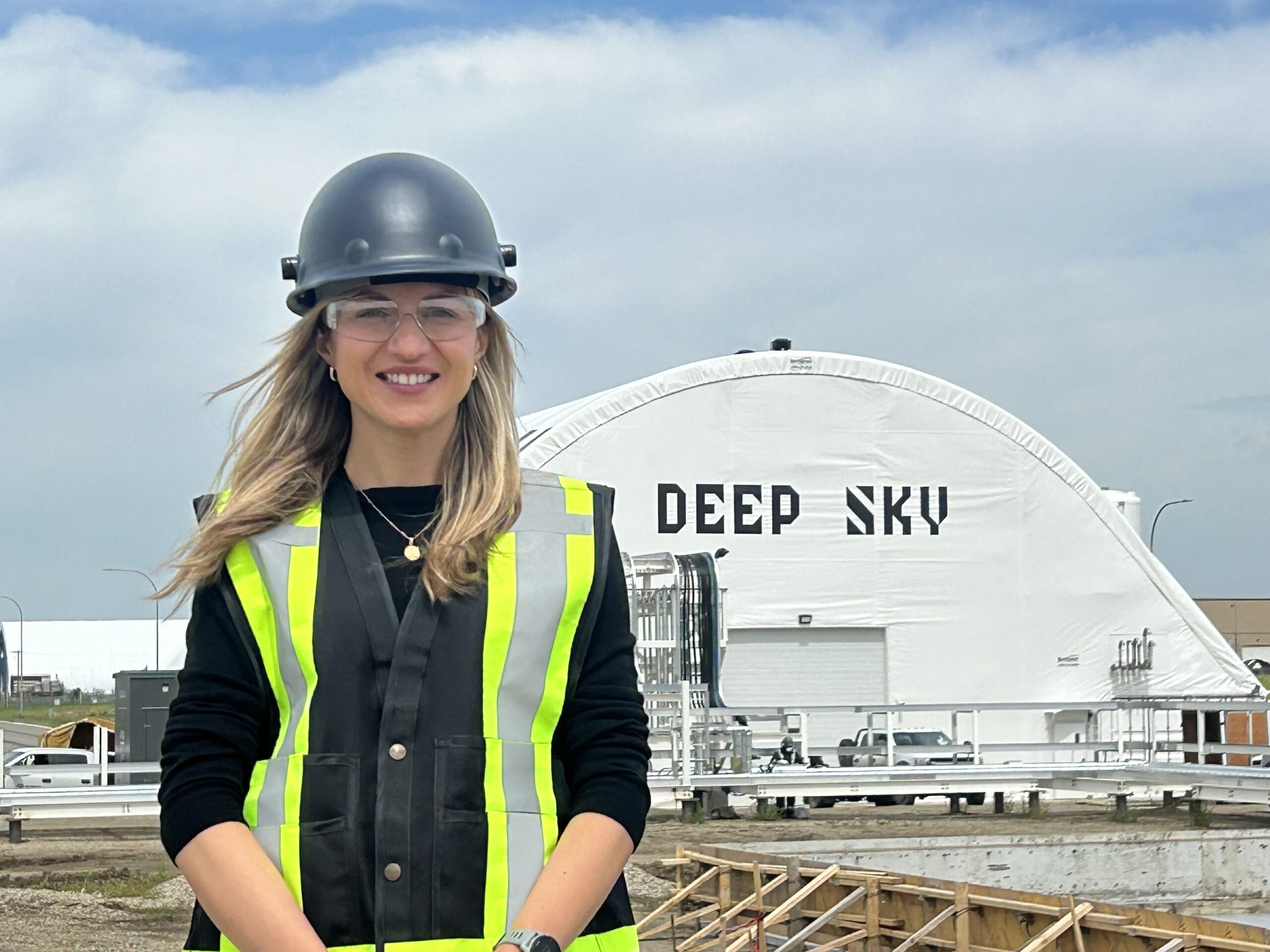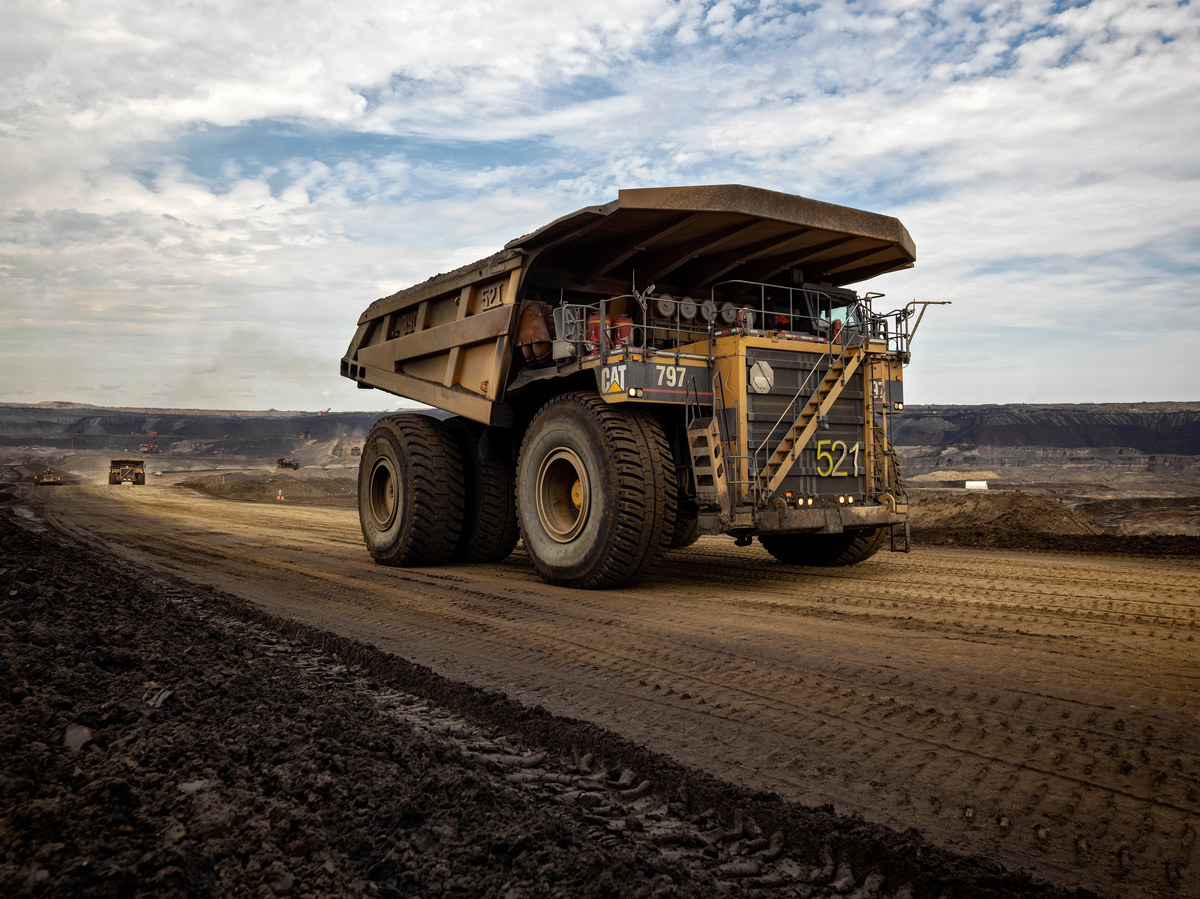Separating for success in the oil sands and biomedical engineering
August 18, 2025

Hongbo Zeng has meticulously studied how to efficiently separate emulsions – two liquids kept mixed together in a temporary or long-term state – for the better part of three decades.
And the University of Alberta professor has applied his knowledge to both improving oil sands operations as well as finding better ways to help doctors diagnose and treat patients.
“Since I joined the U of A in 2009, our research lab has collaborated with the oil sands industry, including the member companies of Pathways Alliance,” says Zeng, a member of the university’s Chemical and Materials engineering department. “We are working to improve the treatment of water-oil mixtures, with a focus on environmental innovation and operating costs of in situ operations.”
About 80 per cent of oil sands deposits are too deep to be mined and must be extracted using in situ technologies. Operators heat water to create steam and inject it underground, heating the bitumen so it can be pumped to the surface for processing. Effectively separating the water and oil is crucial for in situ operations. “That’s because they recycle the water so the water must be treated to remove the oil residues as well as the suspended or dissolved inorganics and organics,” says Zeng, who has held a Tier 1 Canada Research Chair in intermolecular forces and interfacial science since 2017. “Inorganics such as calcites can cause scaling while suspended or dissolved organics can cause fouling of equipment, such as the exchangers used to cool produced water or heat the water to create the steam used in the process.”
Zeng and his lab have worked to develop chemical additives to more effectively separate the oil from the water, while removing the dissolved solids more efficiently.
“We’ve worked with the Pathways members, who’ve provided us samples from their operations, which can have unique water chemistry and small but significant differences to the bitumen being extracted,” Zeng says. “We’ve focused our research on finding the right additives to ensure the separation is effective for each different operation. It’s important because the operators want to avoid upsets, that could potentially hamper or even shut down their operation. They also want to ensure they are effectively recycling water. We’re very pleased with the progress we’ve made in advancing solutions for them.”
At the same time, Zeng and his team have also applied their knowledge in other fields, including common challenges facing doctors and patients. And in doing so, their research has led to applications for two key patents.
The first one involves a new coating for sample containers, and tubing used to draw and hold patient biofluids, such as blood.
“There is a well-known problem called biofouling, where components in the biofluids, such as proteins and cells, adhere to the surfaces of tubes inserted into the body or to the walls of sample holders,” Zeng says. “This can compromise the accuracy of the biofluid sample and potentially lead to a missed diagnosis. We developed a coating that prevents proteins and blood cells from undesirably adhering to the walls of tubes and containers. We’ve published a research paper on it and have applied for a patent.”
Zeng and his team applied for a second patent after coming up with a replacement for titanium alloy rods inserted into a patient’s body to help broken bones heal.
“Surgeons conventionally use titanium alloys because they are strong, corrosion-resistant, and support bone integration,” says Zeng. “The problem is sometimes the implants need to be removed so it requires a second surgery and months more for the patient to heal, which can be both costly and burdensome.”
His research team came up with the idea of creating a biodegradable and non-toxic material with a specialized coating. It would dissolve naturally after a few months, when the bone has sufficiently healed.
“Bones typically take three to four months to heal. We found a coating that was non-toxic, and essentially it would cause the material used to set the bone to dissolve so no second surgery is required,” Zeng says. “We didn’t have dedicated funding to pursue this research. We simply found it an interesting challenge and decided to pursue it. We’ve now published our research and have applied for a patent.”
Whether it is solving operational challenges for the oil sands or helping patients heal, Zeng enjoys taking on challenges and finding solutions.
“We have a great team here at the lab and strong industry partners who are enthusiastic about helping us tackle these challenges,” he says. “The oil sands are a very important resource for Alberta and Canada. We hope our research can contribute to environmental and operational innovation.”


